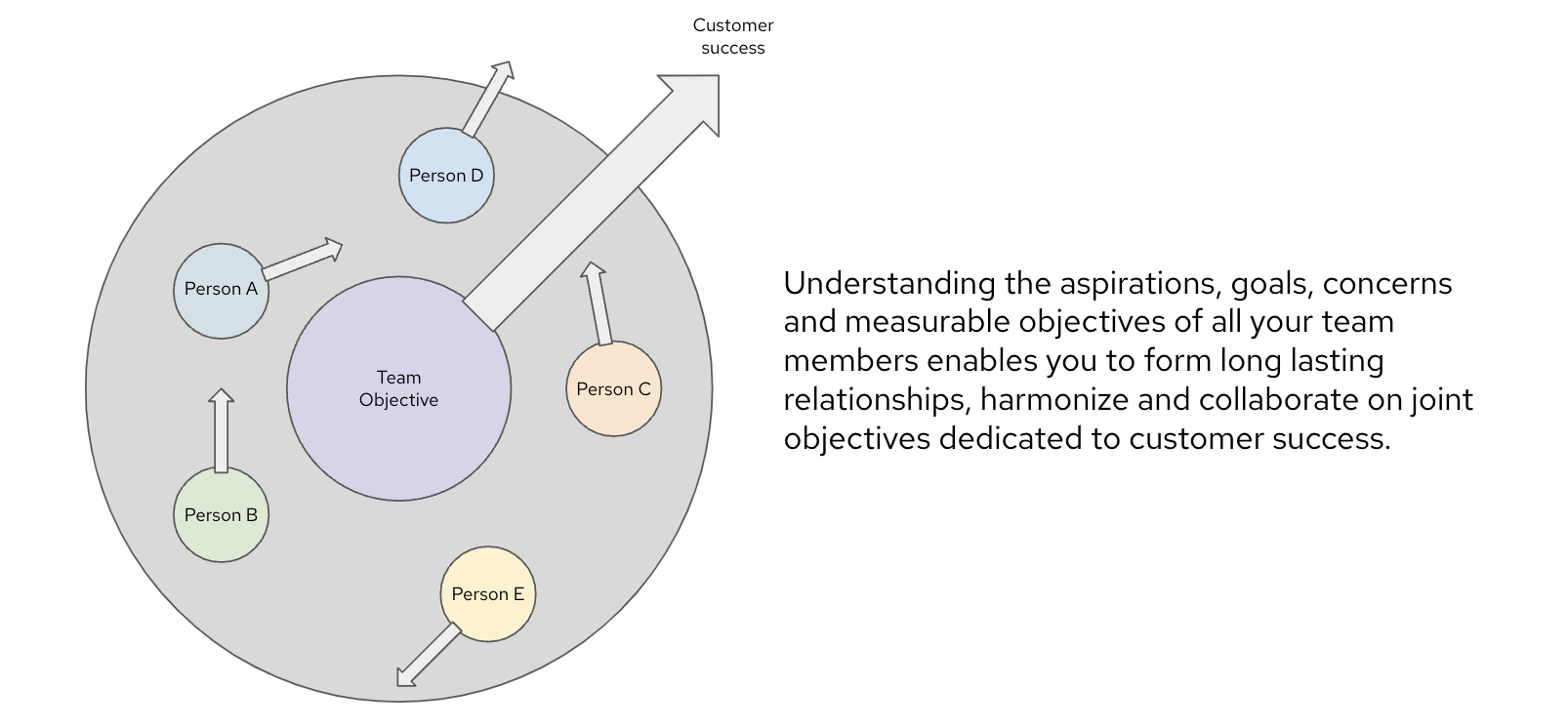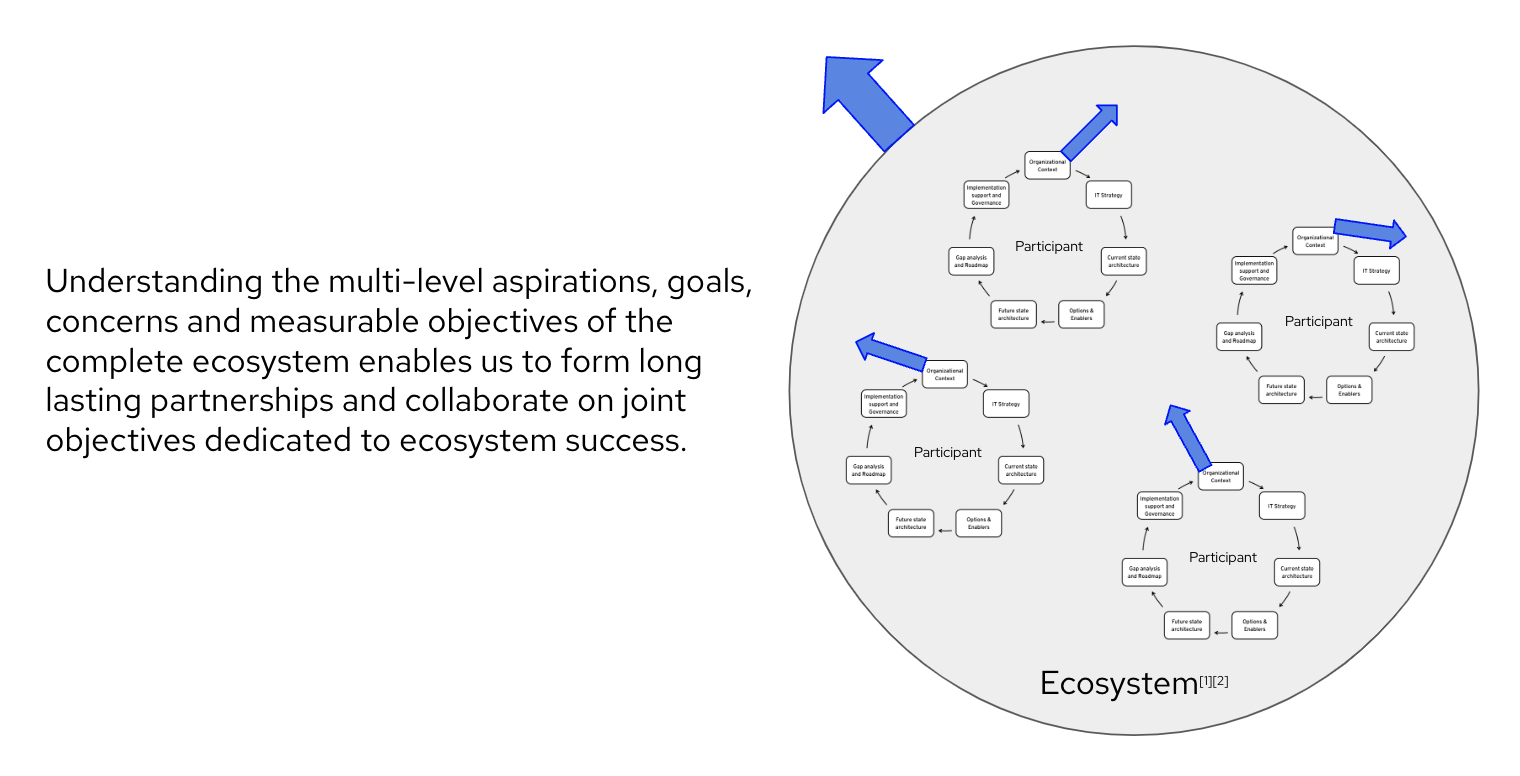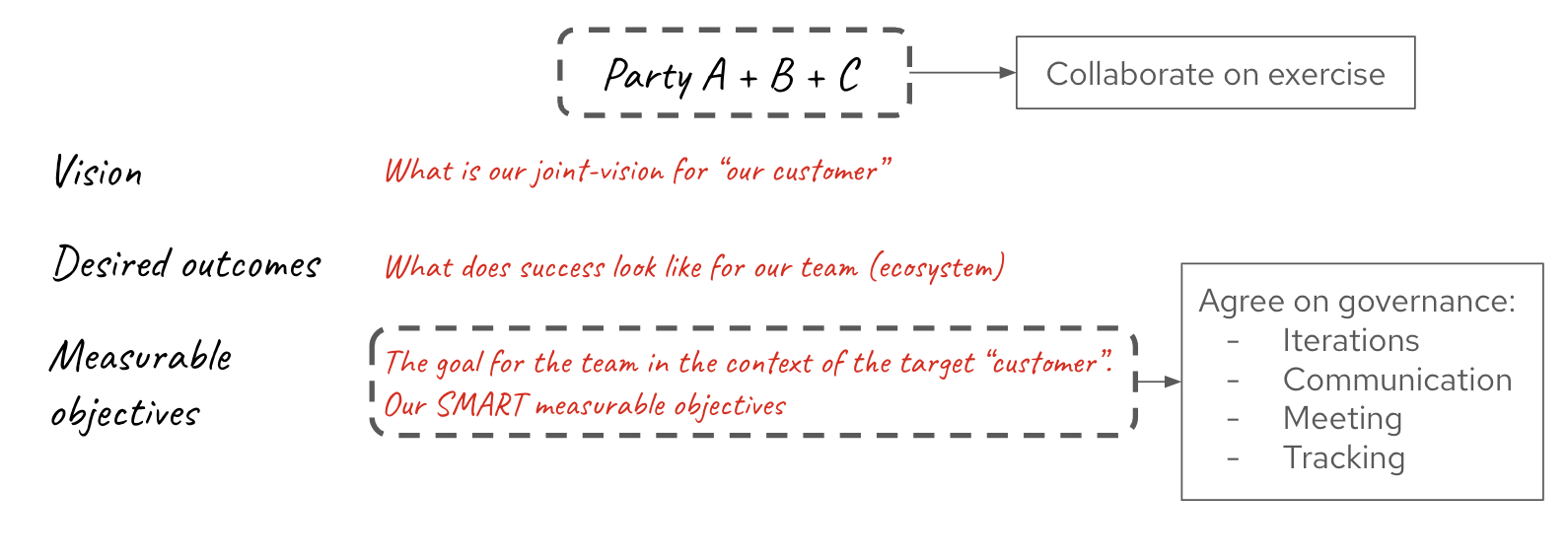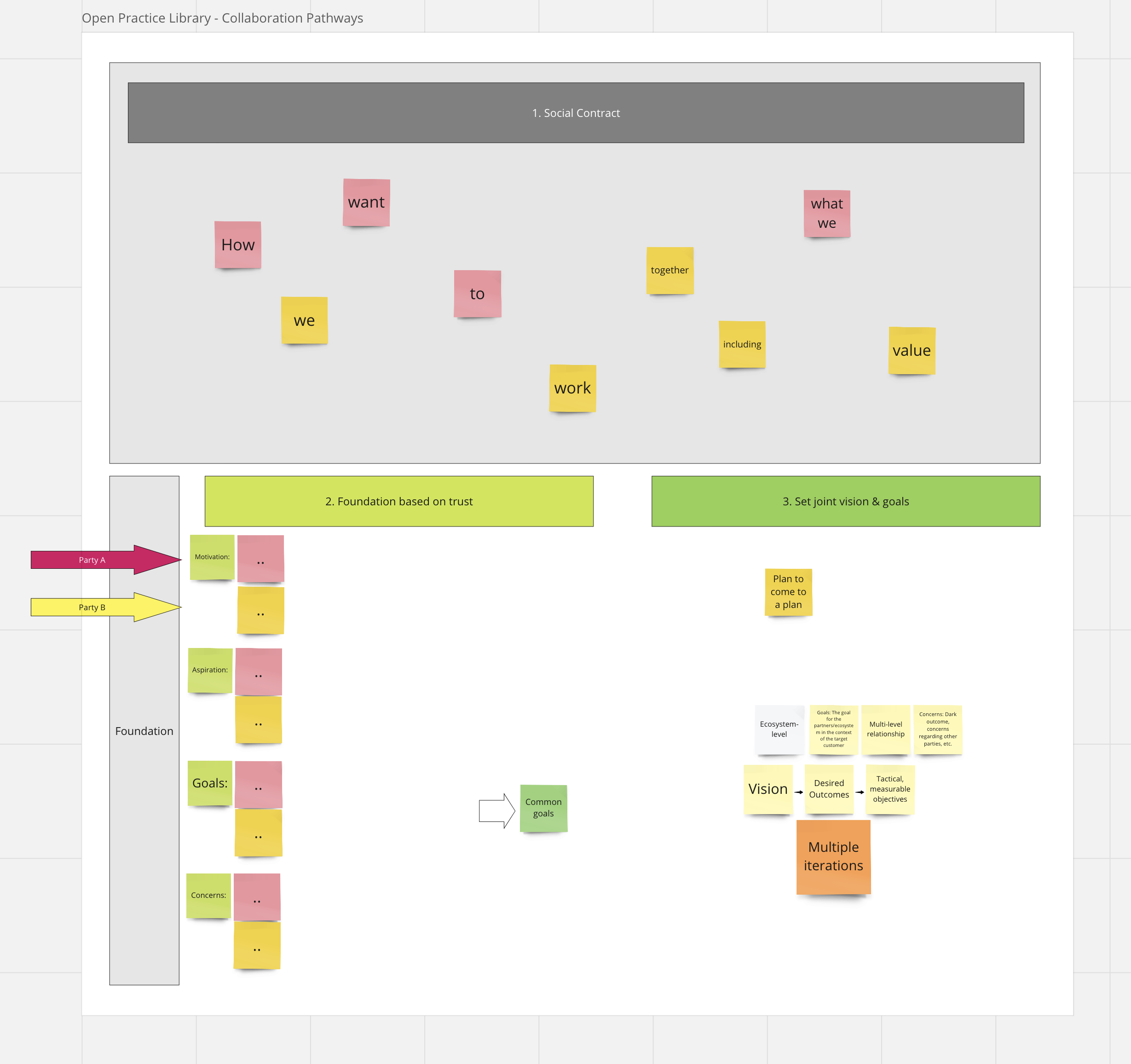Collaborative Pathways
Turning shared purpose into shared results
Stefan van Oirschot
What Is Collaborative Pathways?
Recognising the diverse incentives that drive individuals, teams, departments, and organisations is crucial.
These incentives shape behaviours and motivations, which are foundational for forming enduring partnerships.
Each participant (individual, team, department, organisation) brings their unique motivations, aspirations (dreams), specific goals, and concerns.
It's essential to openly discuss and understand these factors, not only in relation to each other but also concerning shared objectives or common "customers".
This mutual understanding facilitates a collaboration that is both meaningful and effective, aligning disparate goals towards a unified vision built on trust and transparency.
Why Do Collaborative Pathways?
Do you know why they do what they do? A question you could ask yourself when working with other people, teams, departments, organisations.
At the team level this would look like this:

At and ecosystem level this would look like this:

Using this practice you will be able to turn shared purpose into shared results!
How to do Collaborative Pathways?
Getting the ball rolling with Collaborative Pathways is fairly simple and assuming you get the people together in a (virtual) room only a 2-step process.
Step 1:
Understanding the motivation, aspiration, goals, concerns of all parties enables you to form relationships based on trust and transparency

The image above is probably quite self-explanatory but as a first step it's important to allow individual people, teams, departments or organisations to come up with their version of motivation, aspiration, goals and concerns. Take a few minutes separately to come up with this and discuss each element sharing responses with the other parties.
Step 2:
In step 2 you will be building on the newly created foundation of trust and insight to create consensus at the "team-level" (the collaboration of all parties) in the areas of (joint) vision, desired outcomes and measurable outcomes.

With the learnings from step 1 in mind you distill joint-goals as an input for step 2. Take a step back and draw up your joint-vision before going deeper again into the desired outcomes and measurable objectives. You will most likely not be able to map all goals to joint-goals. This is of course absolutely fine and contributes to the shared understanding.
All of this is not a one-time exercise and putting some governance in place is important. Make sure to discuss regular revisits to go through what was discussed; schedule meetings, tracking of progress for new insights, etc.
The more you progress the more official things might become. This will lead to a point you might even want to discuss some terms & conditions. Remember that this should not be a negotiation but instead a problem-solving exercise having the outcome of the ecosystem in mind.
As a bonus you can consider adding and/or utilising the following practices and facilitation tools
- Social Contract
- Start at the End
- Target Outcomes
- Impact Mapping
- Miro, see an example below:

Look at Collaborative Pathways
Links we love
Check out these great links which can help you dive a little deeper into running the Collaborative Pathways practice with your team, customers or stakeholders.